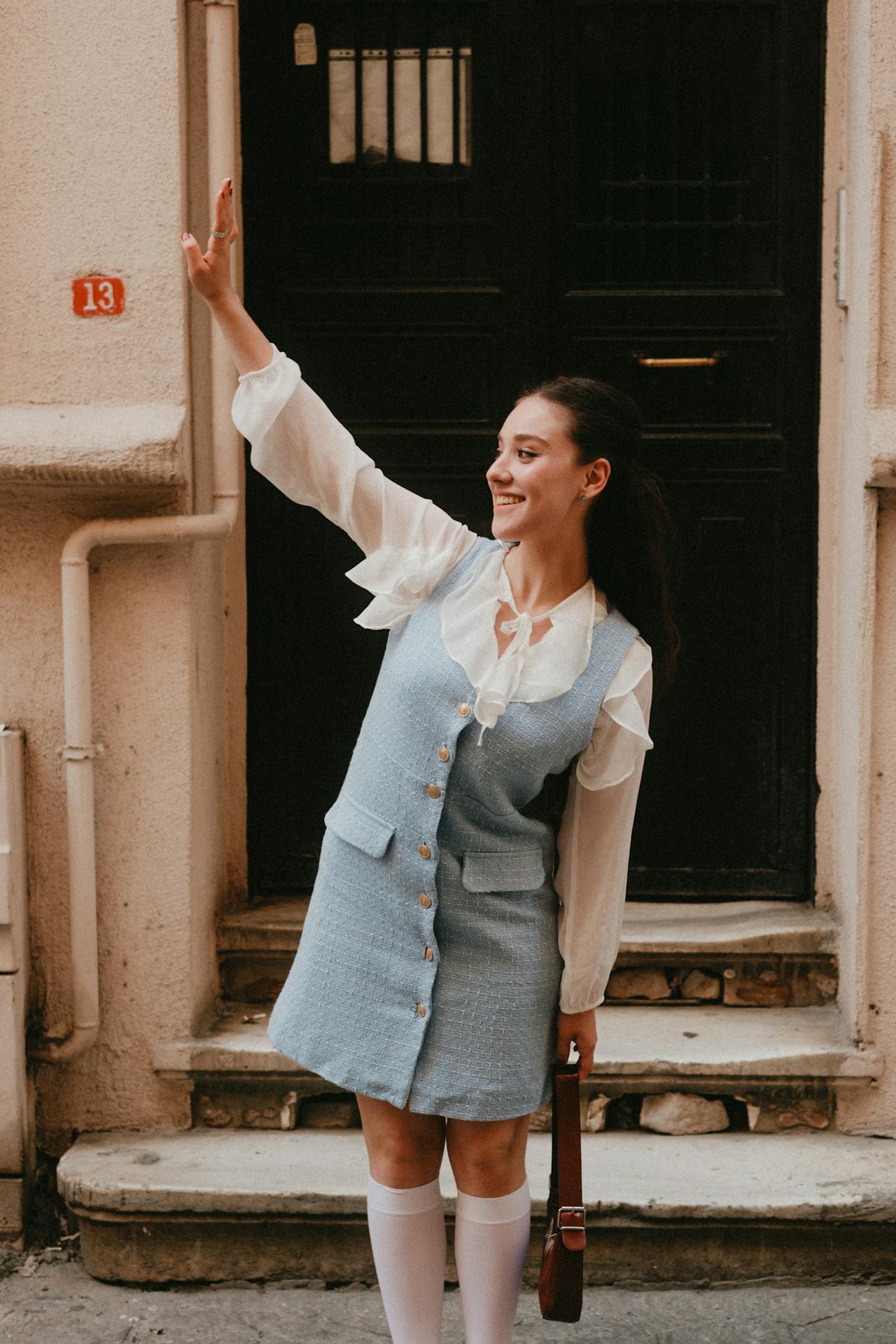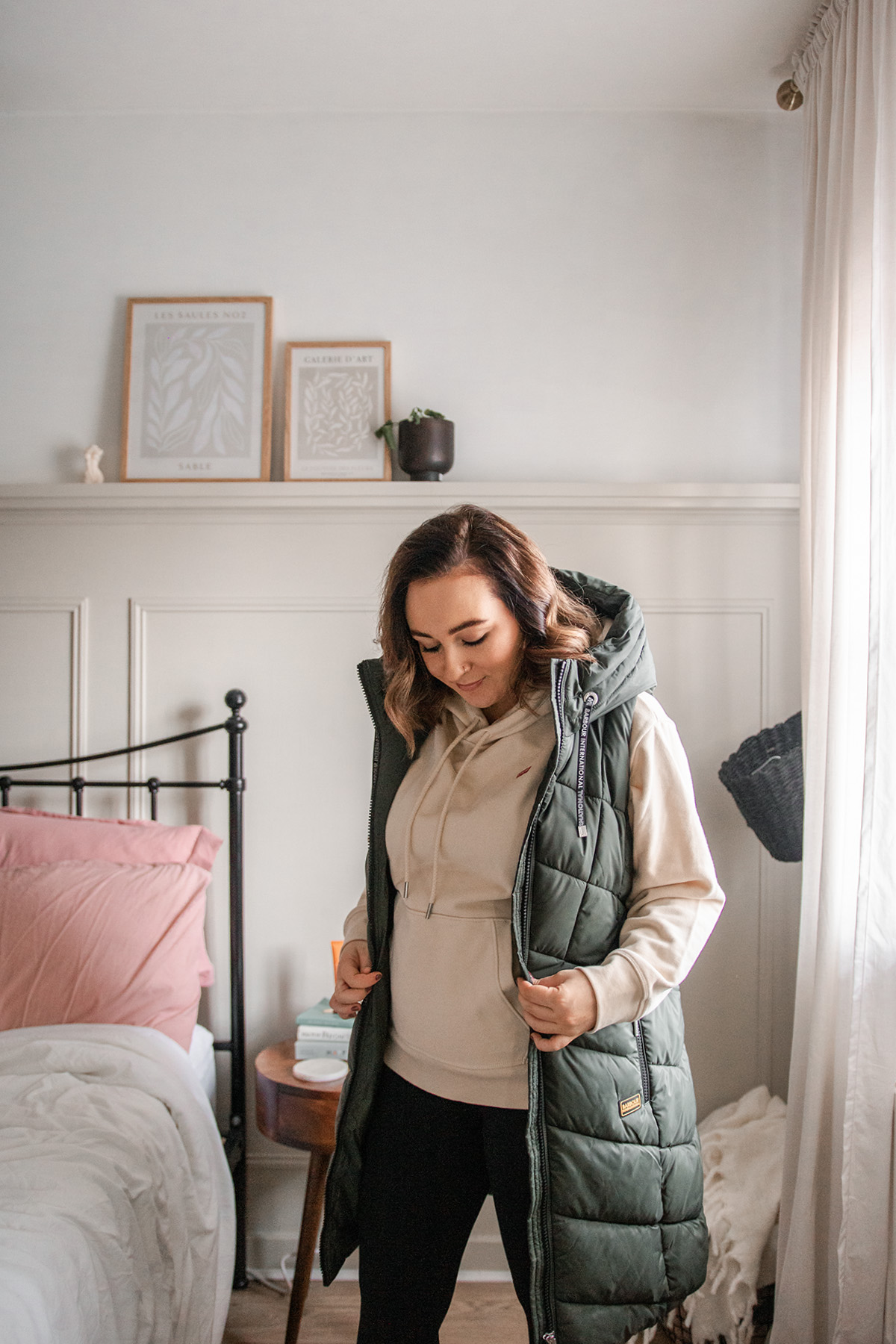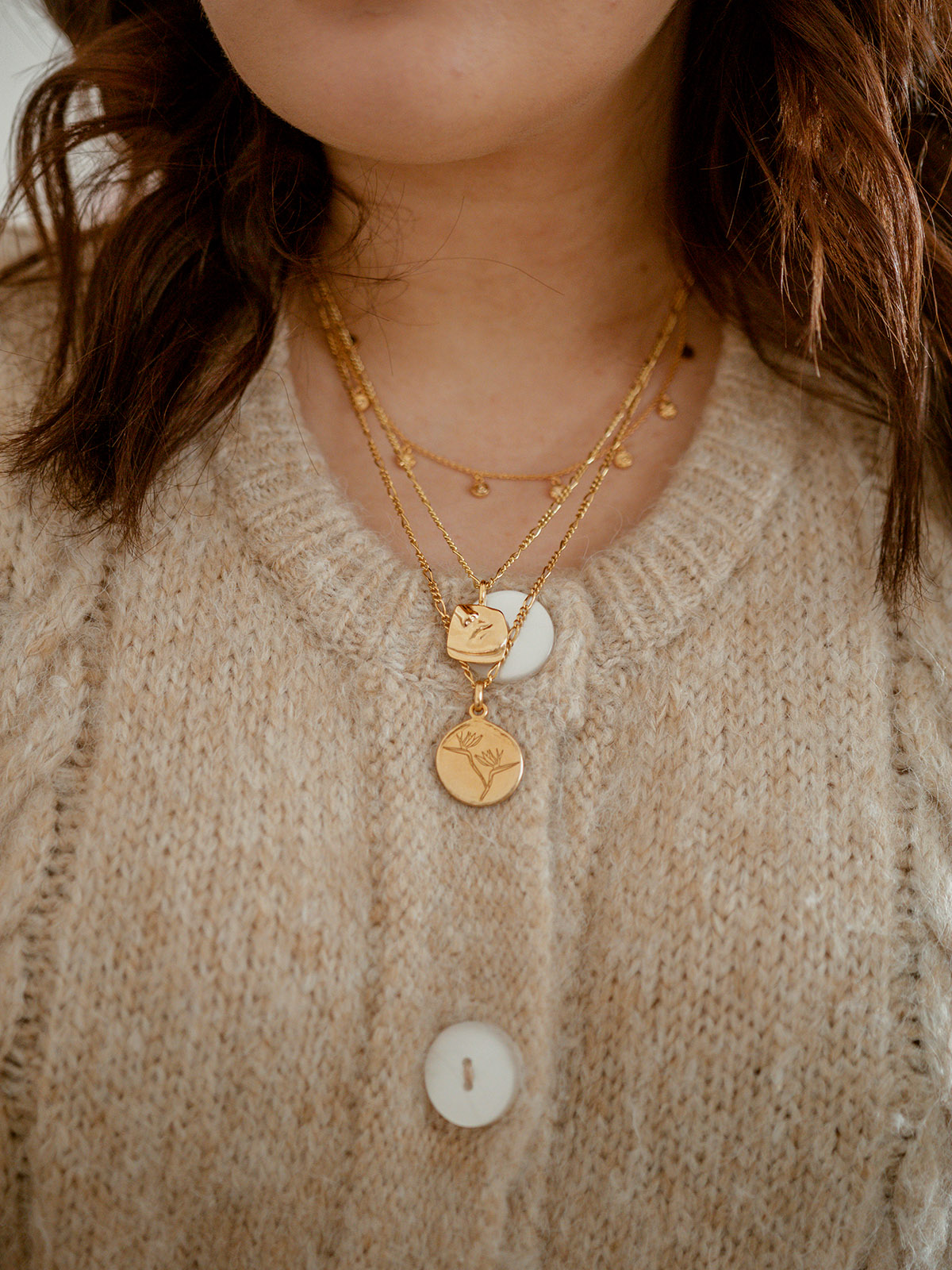
In high-end fashion, the distinction between true vintage heritage and homage can be quite thin. As designers revisit their archives and contemporary consumers rediscover past icons, it is more crucial to understand when a piece is truly vintage and when it is modern reissue pretending to be one. In this guide, we will look at ways to determine the subtle signs of originality that make original vintage collections unique, and why people have always valued true vintage heritage over copying or imitation.
In the art world a distinguishing factor between an original canvas and a reprint is the craft, which can be created only through time; similarly vintage lovers pursue antique artworks in search of the craft. It is that difference that makes the real vintage so emotionally and financially valuable. In fact, the size of the luxury goods market in the UK reached USD 9.5 billion in 2024 and is likely to increase to USD 14.4 billion by 2033 (CAGR around 4.5 %).
1. The Craftsmanship Tells the Story
The initial evidence is usually in the feel, the weight of the hardware, the grain of leather, and the sharpness of a stitch. Old-fashioned artisans never worked in a hurry. Artisans of Hermes, Chanel and Dior were producing under other philosophies: slower, more manual, more localised.
Old vintage handbags, such as those, might display minor irregularities in the threading or minor differences in the makers’ workmanship, which are giveaways that they were crafted by a human hand, not a machine. The reissues, in turn, are more likely to have a cleaner, more consistent finish due to modern methods and globalisation.
These details are important not only to the collectors but also to fashion historians since each anomaly is evidence that the object was made by human hands. It is what makes the vintage really unique.
2. Hardware, Markings & Materials
If the craftsmanship is the heart, then the materials are the bones. Metal hardware in original vintage collections tends to carry an unmistakable patina , that softened sheen through decades of use.
Compare this to newer reissues, which often use lighter or plated metals to meet contemporary manufacturing standards. The ageing of the hardware, the font of an engraved logo, even the shape of a turn-lock clasp can help differentiate an authentic 1970s Chanel Classic Flap from its modern counterpart.
At Rewind Vintage Affairs, such details are meticulously authenticated. Whether it’s a Hermès Birkin with its original gold-plated lock or a Louis Vuitton Speedy from the early monogram era, every piece undergoes scrutiny so that collectors know precisely what they are investing in.
3. Jewellery with a Past: second-hand vintage rings
Vintage is not limited to the specific use of handbags and couture; vintage jewellery has its own appeal. Looking at second-hand vintage rings, you will find that they are different in terms of gemstone cut, band proportions and hallmark engravings, which indicate the techniques of that period.
An example is a Cartier Ring or Dior ring of the past decades, which has characteristics typical of a workshop that are no longer visible in contemporary revisions. The weight, setting depth and even the way stones reflect light can reveal whether you’re holding a true mid-century treasure or a newer reproduction inspired by it.
Collectors appreciate this kind of authenticity not just for its rarity, but for the narrative it carries , the feeling that each imperfection adds personality, that each ring tells a chapter of someone else’s story.
4. Archival Influence & Reissue Intent
Not all reissues are deceptive; in fact, many honour their originals. Chanel’s 2.55 Reissue collection, for example, deliberately revives the spirit of Coco Chanel’s 1955 design, while making subtle adjustments for modern comfort and wear.
What separates a reissue from genuine vintage is intent and integrity. Reissues reinterpret; originals define. The tactile differences, slightly different quilting density, adjusted chain weight, or a brighter tone of lambskin can tell you which side of history your bag belongs to.
True vintage enthusiasts often enjoy both, but understanding the distinction allows you to appreciate what each piece represents: evolution versus preservation.
5. Provenance & Documentation
Another important indicator is documentation. The original vintage works are usually accompanied by period-related certificates, receipts, or even original packaging, which are parallel to the production timeline. A dust bag design or store stamp dated can be an invaluable tip, even though it is old.
To illustrate, the Hermès boxes of the 1980s are slightly different in colour and positioning of the logo when compared to the ones of today. The authentication of Rewind Vintage Affairs records such subtleties, providing the buyer with an assurance that what they are holding in hand is real history and is not a contemporary interpretation.
6. The Icons That Stand Apart
Some designs have become so synonymous with refinement that they bridge generations. These are the bags that define luxury: the Hermès Birkin, the Chanel Classic Flap, the Dior Lady Bag, and Louis Vuitton’s Monogram Keepall.
Each of these icons exists in multiple eras, yet subtle distinctions separate a 1980s Hermès Birkin from a newer run. The older versions often have heavier hardware, richer leather tones, and hand-stitched edges that reveal a distinct tactile quality.
Reissue models, while exquisite, typically feature uniform construction and newly sourced materials. Neither is inferior, but for purists, there’s a romance in knowing their piece carries the exact DNA of its birth decade.
Conclusion
With each generation, we seem to rediscover the icons of the past, but few of us know what really distinguishes the genuine from the inspired. By knowing the signs, the materials, the craftsmanship, the hallmarks and provenance you not only purchase fashion but you also keep history alive.
Whether you’re exploring items from Chanel, Hermes or Cartier, Rewind Vintage Affairs offers timeless, authentic jewellery that embodies ultimate vintage luxury.





